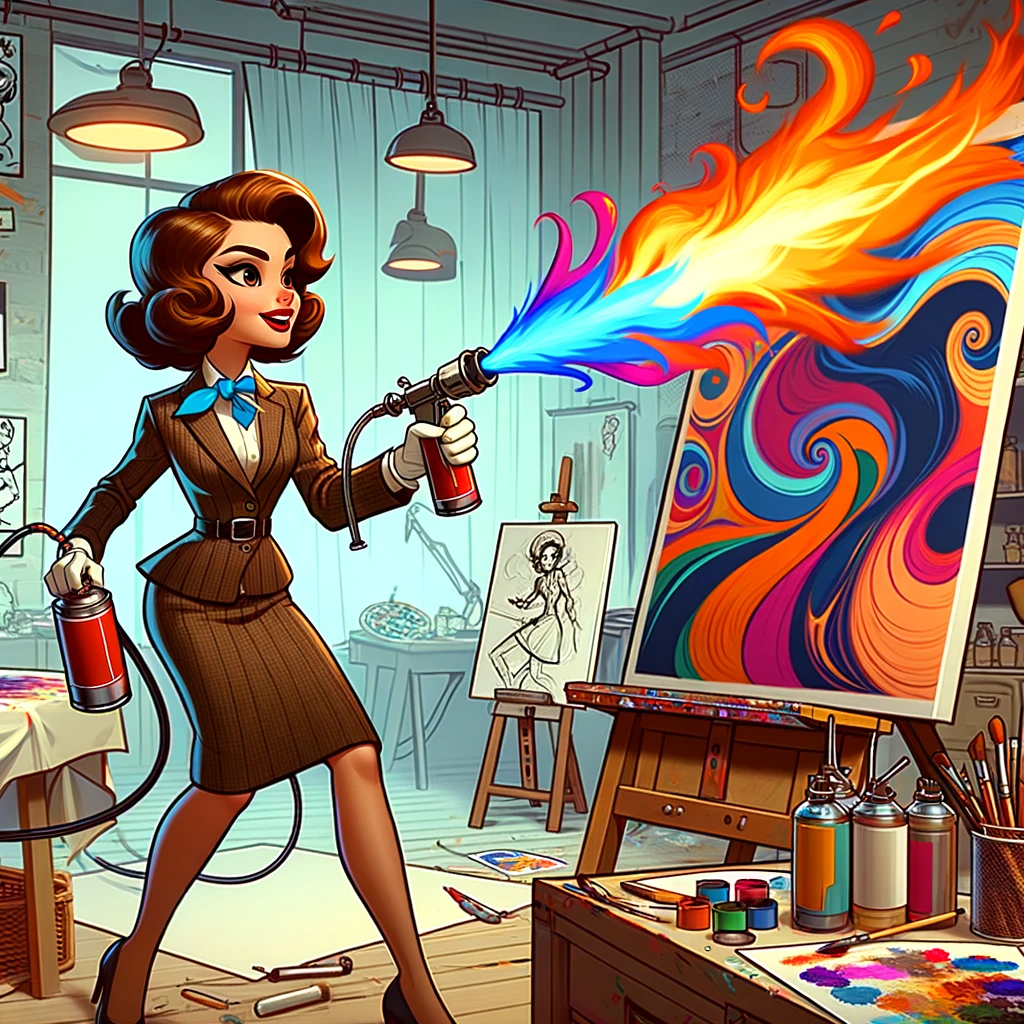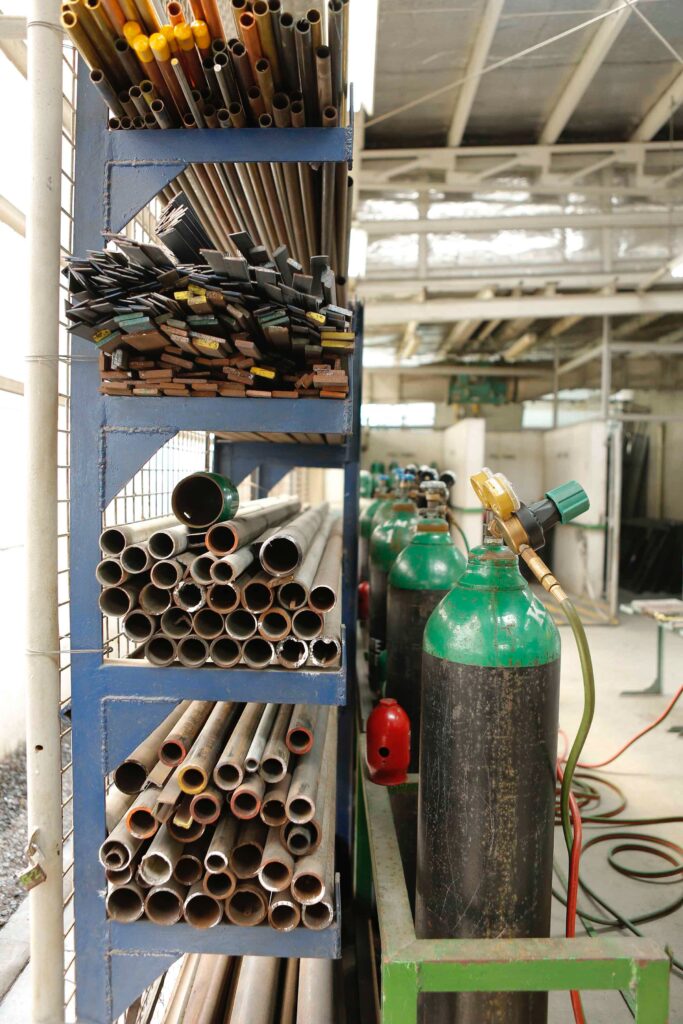Let’s talk about something that’s really firing up the art scene – LPG-powered art installations. It’s like the regular art scene, but with more… well, flames. This is where the worlds of art and energy collide in a burst of creativity, and it’s as cool as it sounds!
Where It All Began
The story of LPG in art is a bit like a bonfire – it started with a spark and grew into something much bigger. LPG, or Liquefied Petroleum Gas, is usually the unsung hero in kitchens and heating systems. But somewhere along the line, some out-of-the-box thinkers in the art world saw LPG’s potential as a medium for creating something utterly mesmerizing.
These artists started to experiment with LPG’s unique properties – its ability to produce controlled flames and bursts of energy – to create art that’s not just seen but felt. It’s like they looked at a gas cylinder and thought, “Hey, why not make this into art?”
The Spark of Innovation
LPG-powered art isn’t just about setting things on fire for the sake of it (although let’s be honest, that’s pretty cool too). It’s about harnessing an energy source in a way that creates a powerful, dynamic experience. This form of art goes beyond traditional canvases and sculptures. It’s about interaction, movement, and sometimes a bit of heat – quite literally.
So, what we have now is a vibrant, fiery niche in the art world where LPG takes center stage. It’s a place where art isn’t just something you passively observe – it’s something you experience with all your senses. And let’s face it, anything with a bit of fire is always going to be a crowd-pleaser!
The Trailblazers of LPG-Powered Art Installations
Now, let’s dive into the who’s who of LPG-powered art. These artists aren’t just playing with fire; they’re redefining what it means to create art. They’ve taken a simple, everyday substance like LPG and turned it into something extraordinary.
Yves Klein: The Fire Painter
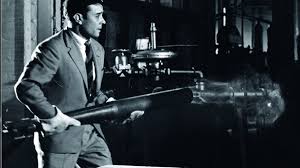
First up, we have Yves Klein, a name synonymous with bold, boundary-pushing art. In the late 1950s and early 1960s, Klein began experimenting with fire as a medium, using LPG to create his now-famous “fire paintings.” He would direct LPG flames onto canvases, capturing the soot and burn marks left behind. This wasn’t just art; it was a dramatic dance of creation and destruction, leaving behind ghostly images that were as haunting as they were beautiful.
David Best: The Temple Builder of Burning Man
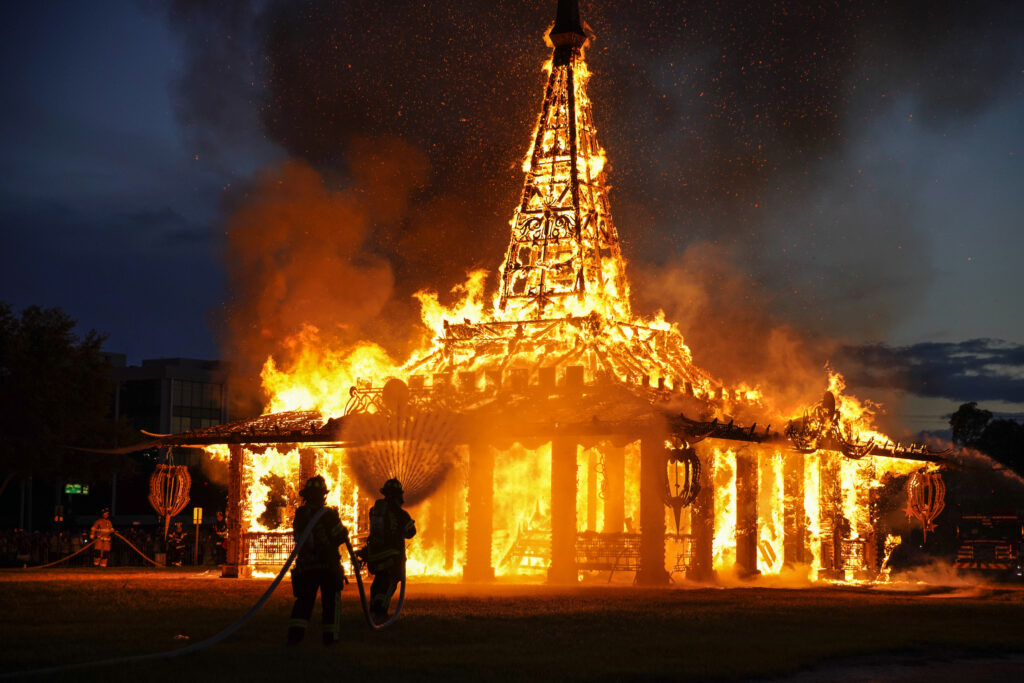
Cut to the deserts of Nevada, and you’ll find David Best, a name almost legendary at the Burning Man festival. Best uses LPG to bring his intricate wooden temples to life with flames. These aren’t just structures; they’re immersive experiences, often serving as a poignant symbol of loss and renewal. When the festival ends, the temples are burned down in a spectacular display, with LPG flames engulfing the artwork in a final, fiery farewell.
Cai Guo-Qiang: The Sky as a Canvas

Cai Guo-Qiang takes LPG art to new heights – literally. This Chinese artist is known for his awe-inspiring sky art, using fireworks powered by LPG to paint the heavens. His displays are grand, colorful, and fleeting, reminding us of the beauty and impermanence of art. He’s not just putting on a fireworks show; he’s creating ephemeral masterpieces that light up the sky and leave audiences spellbound.
How Popular Is This Fiery Art Form?
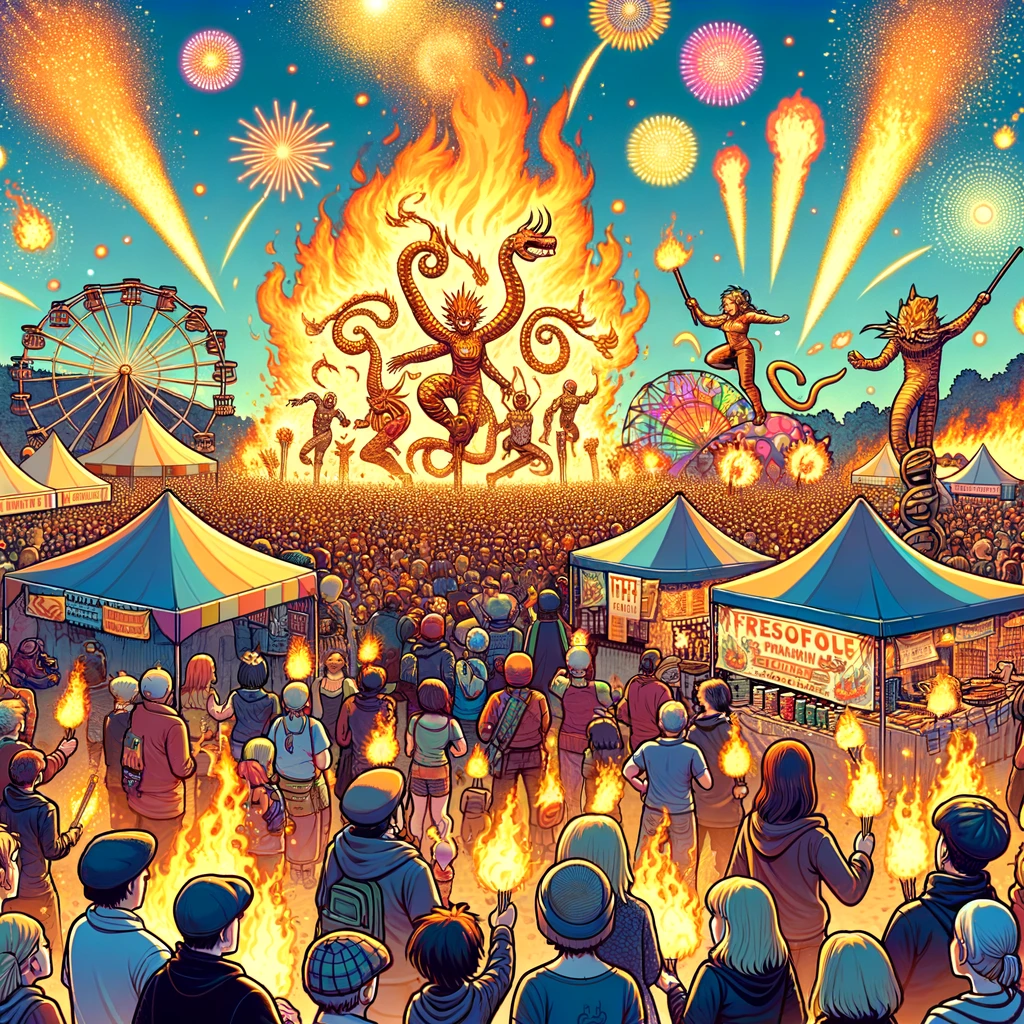
You might be thinking, “This all sounds great, but how popular can art involving LPG really be?” The answer is: surprisingly popular. These artists have not only garnered critical acclaim but also captured the public’s imagination. Their work resonates with people because it’s more than just visual; it’s an experience that engages and overwhelms the senses.
LPG-powered art installations have found a special place in the world of contemporary art. They challenge our perceptions of what art can be and what it can do. It’s not just about looking at a pretty picture; it’s about feeling the heat, seeing the light, and being part of something momentous. This is art that doesn’t just hang on a wall; it roars to life and demands your attention. And let’s face it, in a world where we’re constantly bombarded with images and information, anything that can make us stop and say “wow” is a pretty big deal.
The Fiery Heart of LPG-Powered Art Installations
So, we’ve met the artists, but how exactly do they use LPG to create these stunning works of art? Let’s turn up the heat and delve into the fascinating world of LPG-powered art installations.
The Dance of Flames

The most obvious (and exciting) use of LPG in art is to produce flames. But we’re not talking about your average campfire here. These are carefully choreographed infernos, where every flame, every burst of fire is meticulously planned and executed. The artists use controlled LPG burners to create flames that can be manipulated in height, intensity, and color. It’s like painting, but instead of brushes, they use fire.
Sculpting with Fire
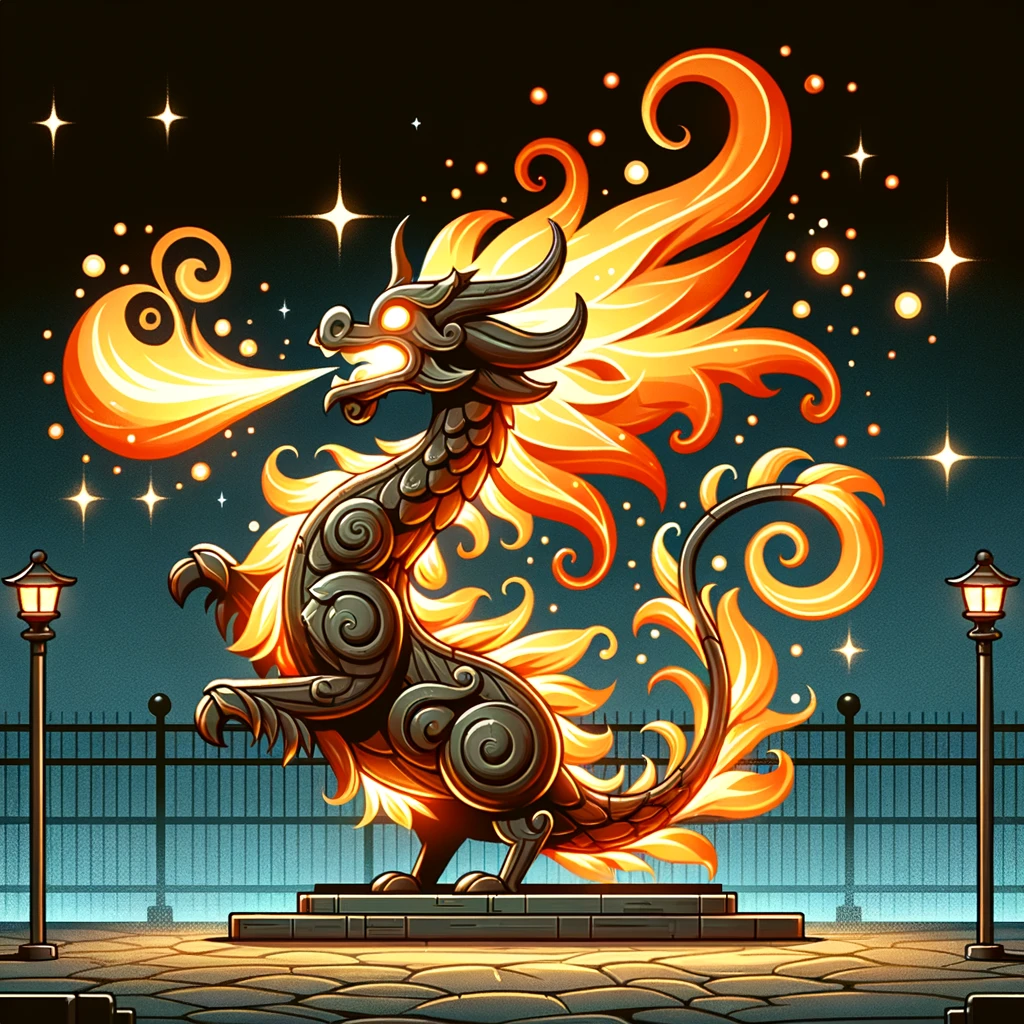
Now, imagine sculpting not with clay or stone, but with fire itself. Some artists use LPG to create three-dimensional shapes and forms made entirely of flames. By adjusting the pressure and flow of the gas, they can create intricate patterns and designs in the air – a fiery sculpture that’s constantly changing and moving.
Illumination and Shadows
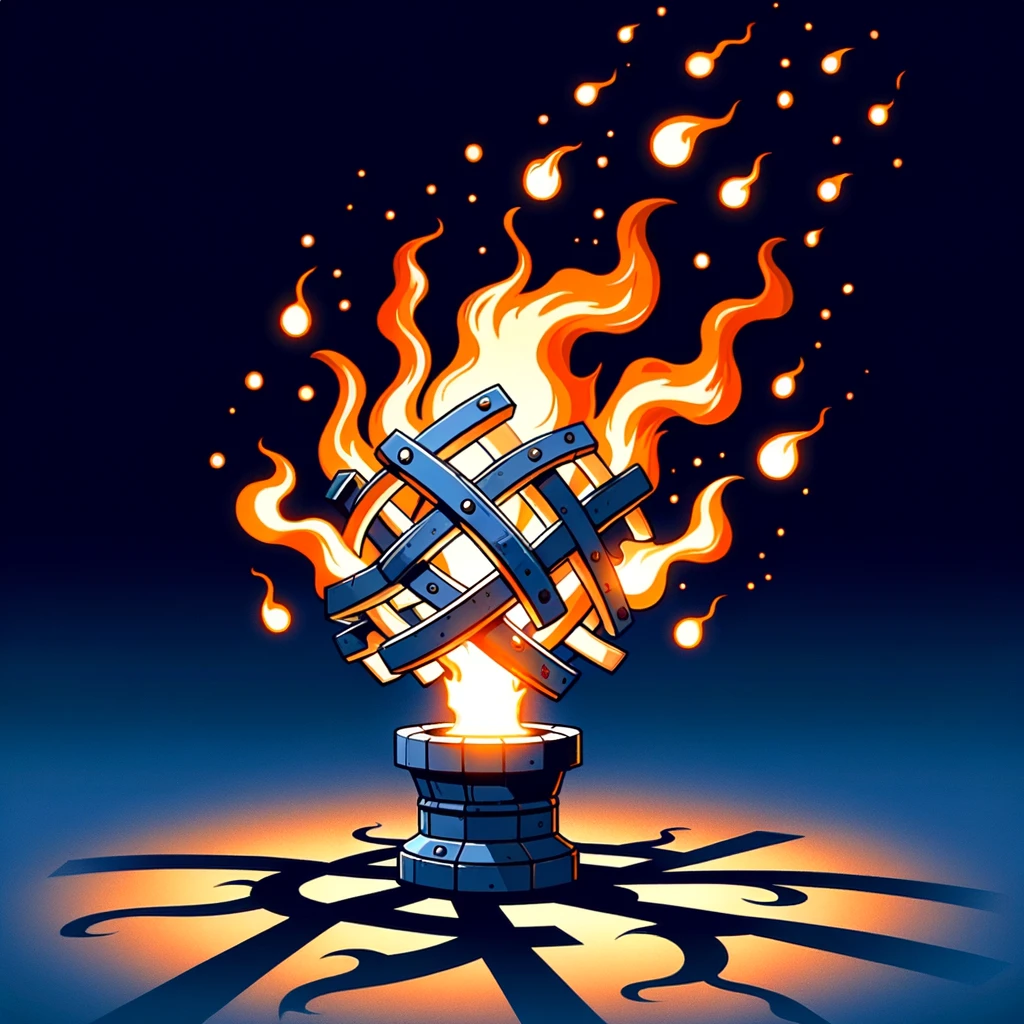
LPG-powered art isn’t just about the fire; it’s also about the interplay of light and shadow. The flickering flames cast mesmerizing patterns, creating a dynamic and ever-changing canvas of shadows. Artists use this to add depth and complexity to their installations, playing with the contrast between light and dark to create visually stunning effects.
The Sound of Fire
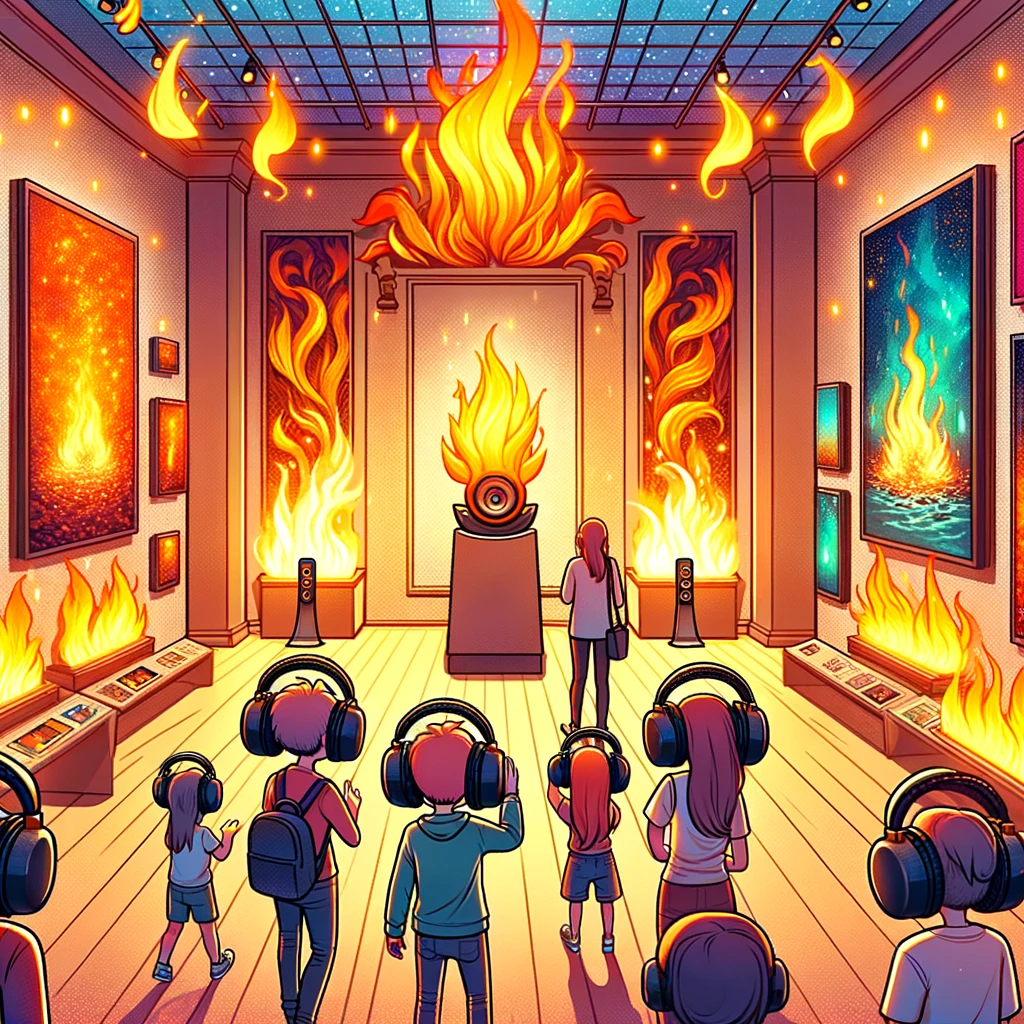
There’s something deeply primal about the sound of roaring flames. LPG installations often use the natural sound of burning gas to add an auditory dimension to the art. The hiss, crackle, and roar of the flames become part of the experience, enveloping the viewer in a multisensory spectacle.
Safety First
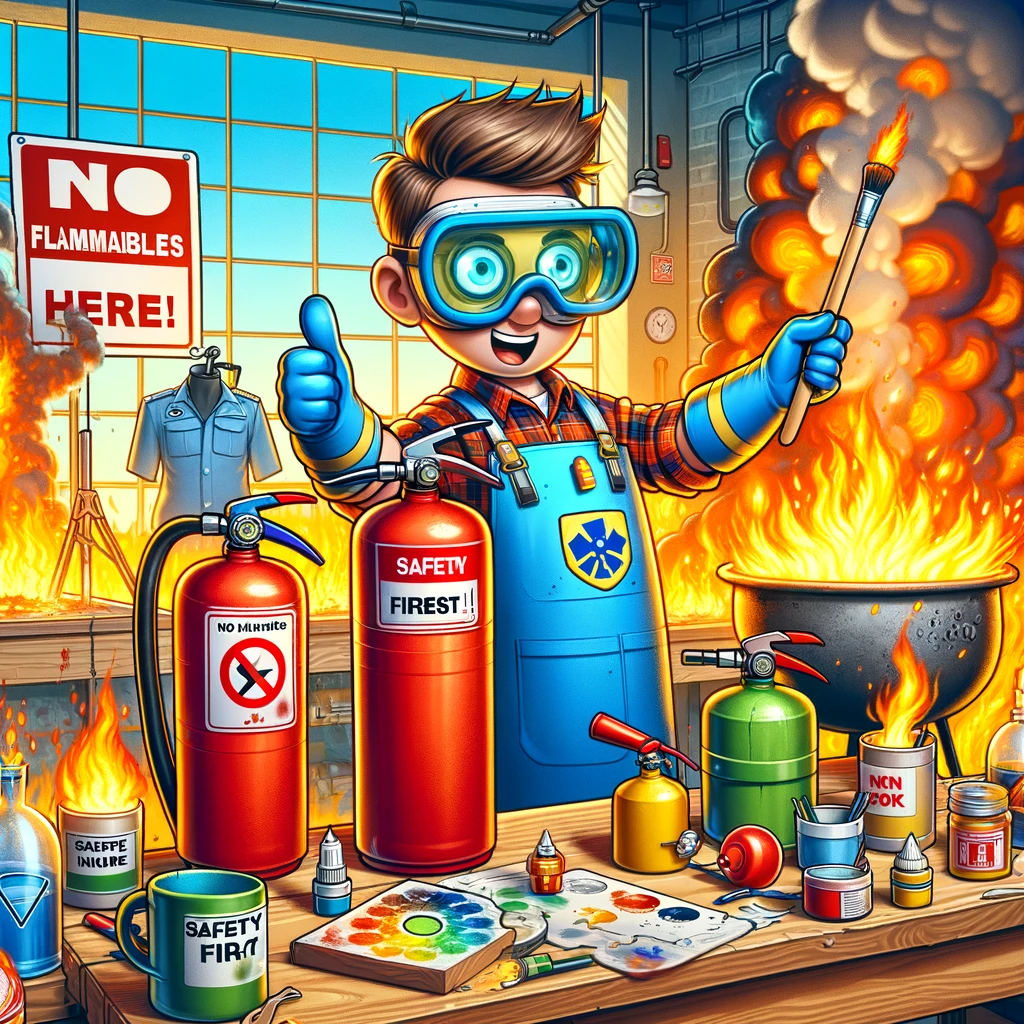
Of course, when you’re playing with fire, safety is paramount. These installations are engineered with precision, incorporating advanced safety features to control the flames and protect both the artist and the audience. Everything, from the gas flow to the ignition system, is carefully monitored and managed to ensure a safe yet thrilling experience.
The Fiery Finale: Wrapping Up LPG Art
In the sizzling world of LPG-powered art installations, we’ve seen how LPG isn’t just for heating homes or cooking meals – it’s a dynamic medium that’s heating up the art world! From Yves Klein’s smoky silhouettes to David Best’s towering temple flames and Cai Guo-Qiang’s sky-high fireworks, these artists have shown us the incredible potential of LPG as a tool for creative expression.
It’s not just about the spectacle of flames. It’s about sculpting with fire, playing with light and shadows, and even the primal sounds of burning gas. These artists turn LPG into mesmerizing patterns, immersive experiences, and ephemeral masterpieces that capture our imagination and ignite our senses.
LPG art is a dazzling dance of innovation, safety, and creativity. It challenges our perceptions and pushes boundaries, proving that art can be as fleeting and powerful as a flame. So, the next time you see a flame, think of it as more than just a source of heat. In the hands of these fiery virtuosos, it’s a canvas, a sculptor’s tool, and a storyteller, all rolled into one. That’s the magic of LPG-powered art installations – a brilliant blend of art, science, and a little bit of pyrotechnic fun! 🔥🎨

